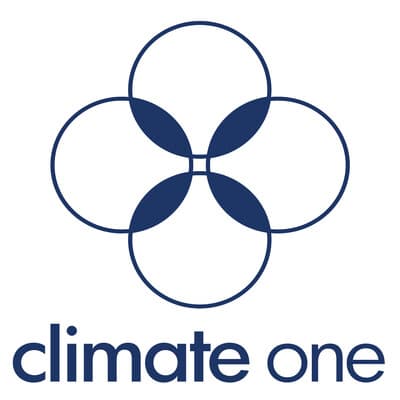Science
Wildfires are nothing new – they’ve been part of the west’s ecology for millennia. But burning fossil fuels and suppressing the burning of forests over the past century have led to larger, more frequent and ever-more catastrophic wildfires. And burning trees release carbon dioxide. California’s fires now are so big and fierce that they threaten to erase the state’s progress in reducing greenhouse gas emissions. And even for those miles from the flames, the smoke from raging wildfires presents an extra danger in the age of coronavirus. "How and when exposure to wildfire smoke increases the likelihood of infection with COVID-19, we’re still trying to figure that out," says Vin Gupta of the Institute for Health Metrics and Evaluation at the University of Washington. "But there is a clear symmetry between exposure and the likelihood of infection." Visit climateone.org/watch-and-listen/podcasts for more information on today's episode. Guests: Part 1: Wade Crowfoot, California Secretary of Natural Resources Julie Cart, Reporter, CalMatters Part 2: Leroy Westerling, Professor of Management of Complex Systems, University of California Merced Part 3: Vin Gupta, Affiliate Assistant Professor of Health Metrics Sciences at the Institute for Health Metrics and Evaluation (IHME) at the University of Washington Additional speaker: Lenya Quinn-Davidson, Director of the Northern California Prescribed Fire Council. This episode was recorded in August 2020. Learn more about your ad choices. Visit megaphone.fm/adchoices

